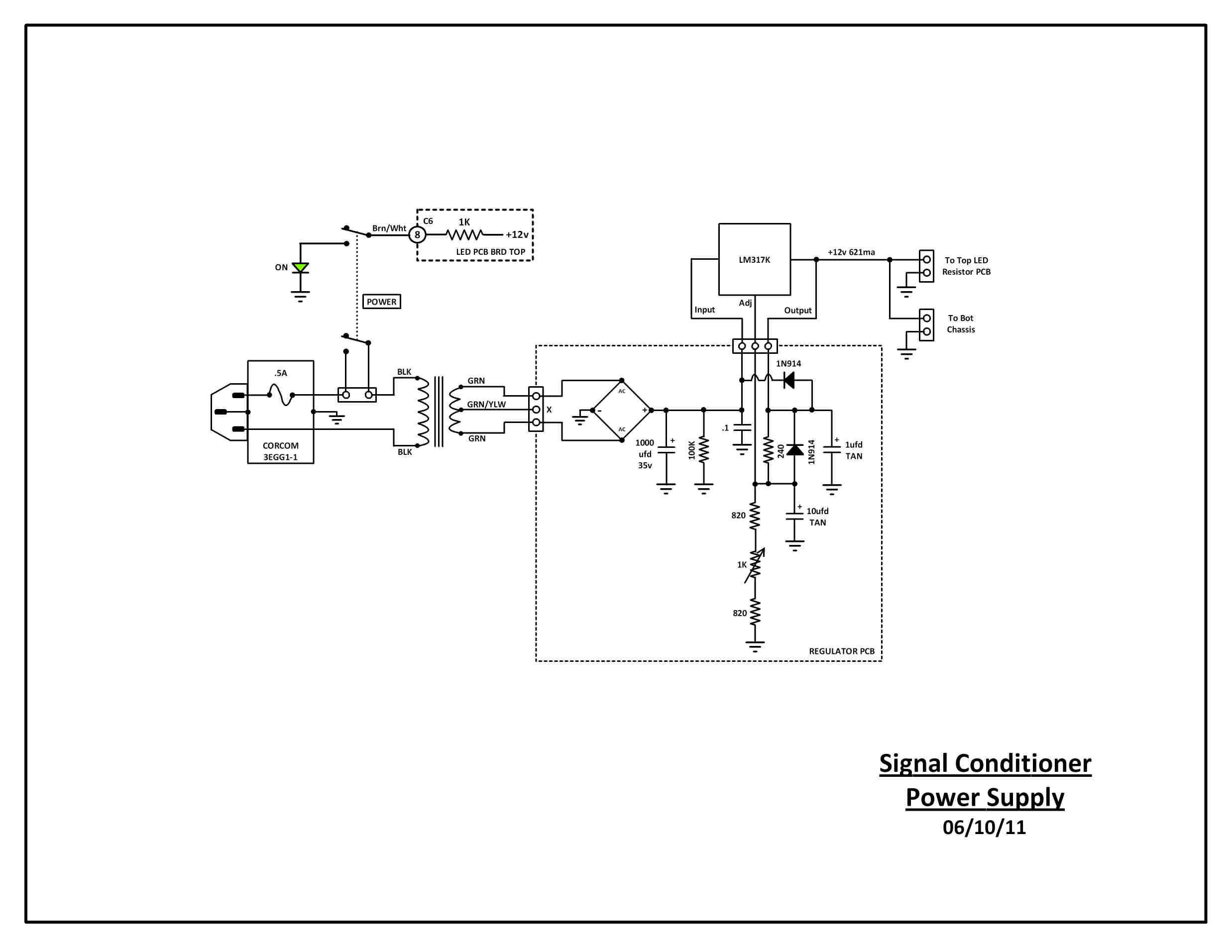Receive Signal Conditioner
|
I
worked on this project on and off for several years finally completing
it in December 2018. Many would say it's a bit overkill, and it is, but for me
it's so cool, was fun to design and build, lots of knobs and switches and it is
functional. I also needed a home for an MFJ-1026 Noise Canceling Signal
Enhancer and this was the perfect project for that. |
|
Designing The Conditioner |
 LOW PASS |
 HIGH PASS |
 PEAK - SERIES LC |
 PEAK - PARALLEL LC |
 DIP - SERIES LC |
 DIP - PARALLEL LC |
 NOISE
CANCELLER NOISE
CANCELLERBought this on ebay some time ago, was a real good price and when I got it I knew why. It did not work properly. Doing some troubleshooting I found that T3 was not wired correctly and it looked like it came from the factory that way. This led me to believe this guy got hold of some factory rejects and sold them on ebay. Corrected the wiring and it works really well. This circuit was pretty straight forward. It's either in line or bypassed. View the MFJ-1026 tech manual and schematic. |
 POWER
SUPPLY POWER
SUPPLYPower Supply is a pretty conventional LM317 supply. Nothing special. |
Building The Conditioner
|
|
|
|
|
|
A last view of the front panel wiring close up. |
Here's a couple shots of all the pieces built and ready to assemble. |
First two pieces joined together are the lower chassis and the front panel. |
|
|
|
|
|
|
|
Couple close up views of the Front Panel to lower chassis wiring complete. |
Couple views of joining the top half chassis to the bottom half chassis. | ||
|
|
|
|
 |
|
Front panel now joined and wired to the top half chassis. |
Project complete front and rear views. |
And finally a picture of the completed project lit up. |
|
Performance
|
Click here for the Excel Sheet with my Performance Measurements. |